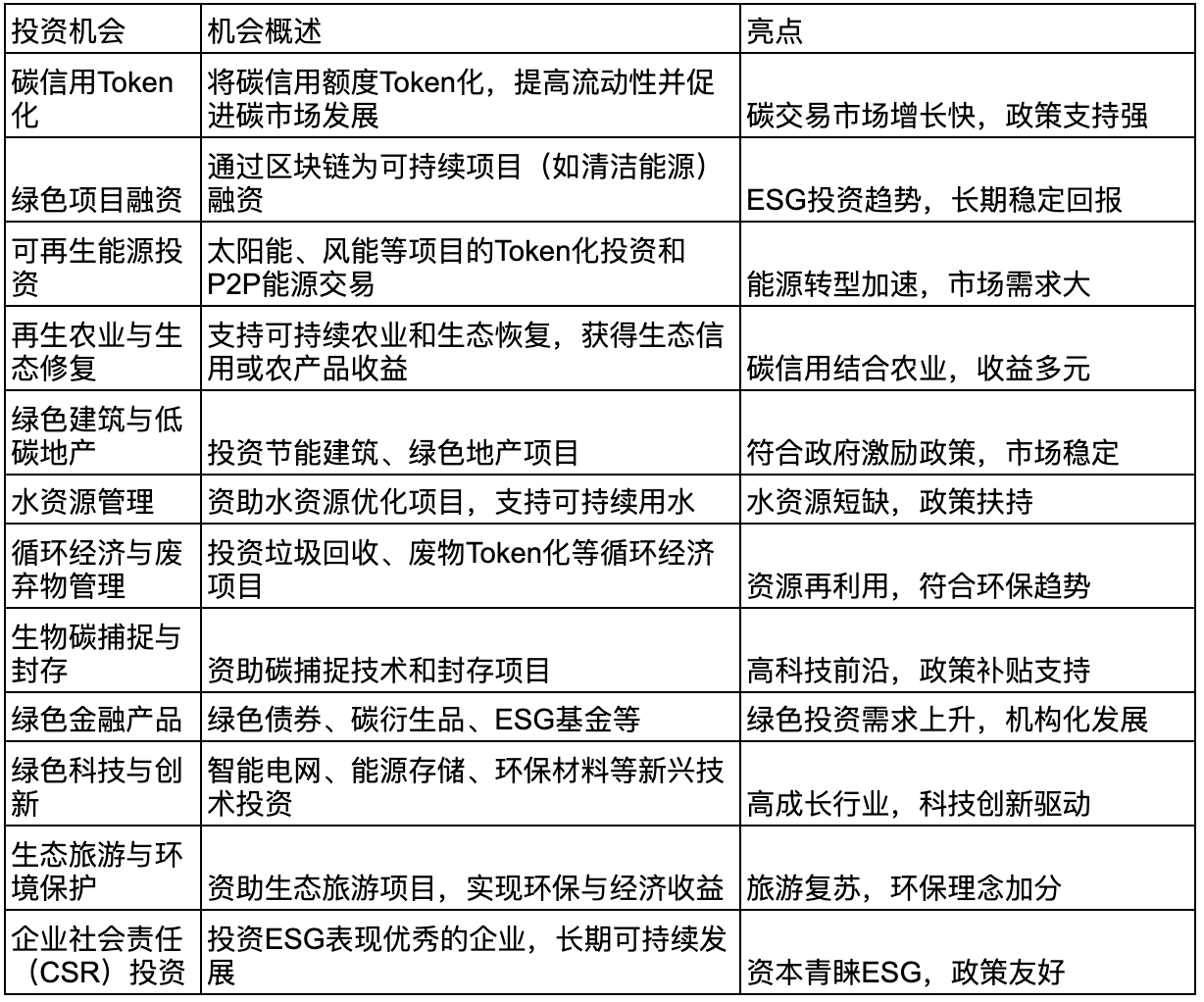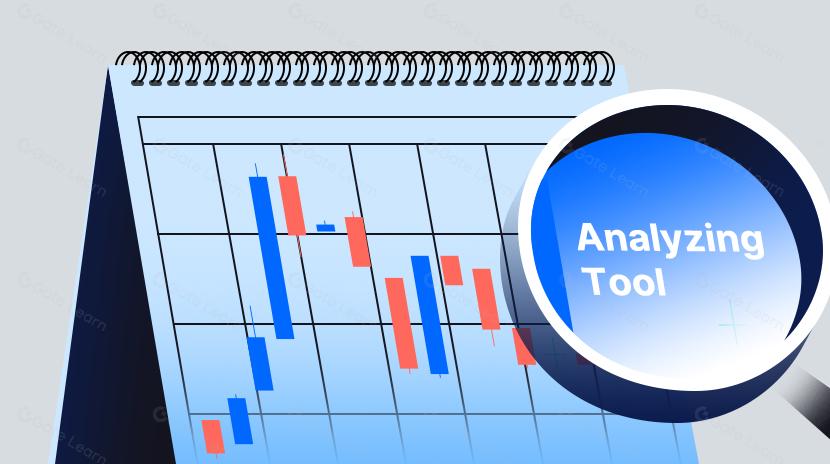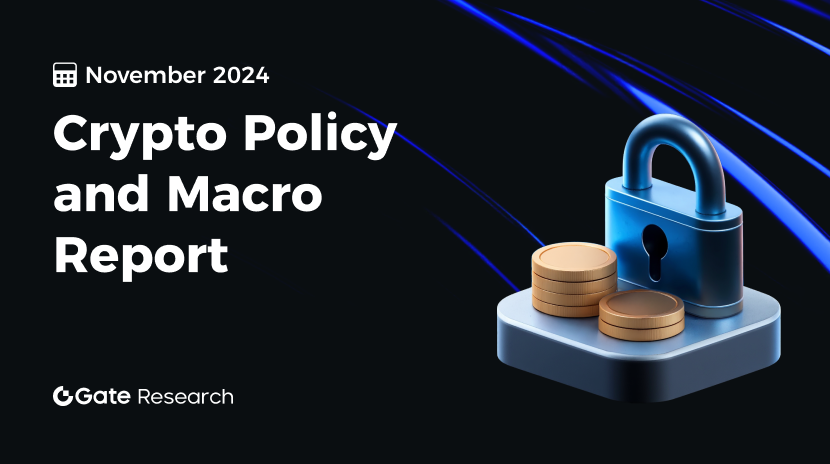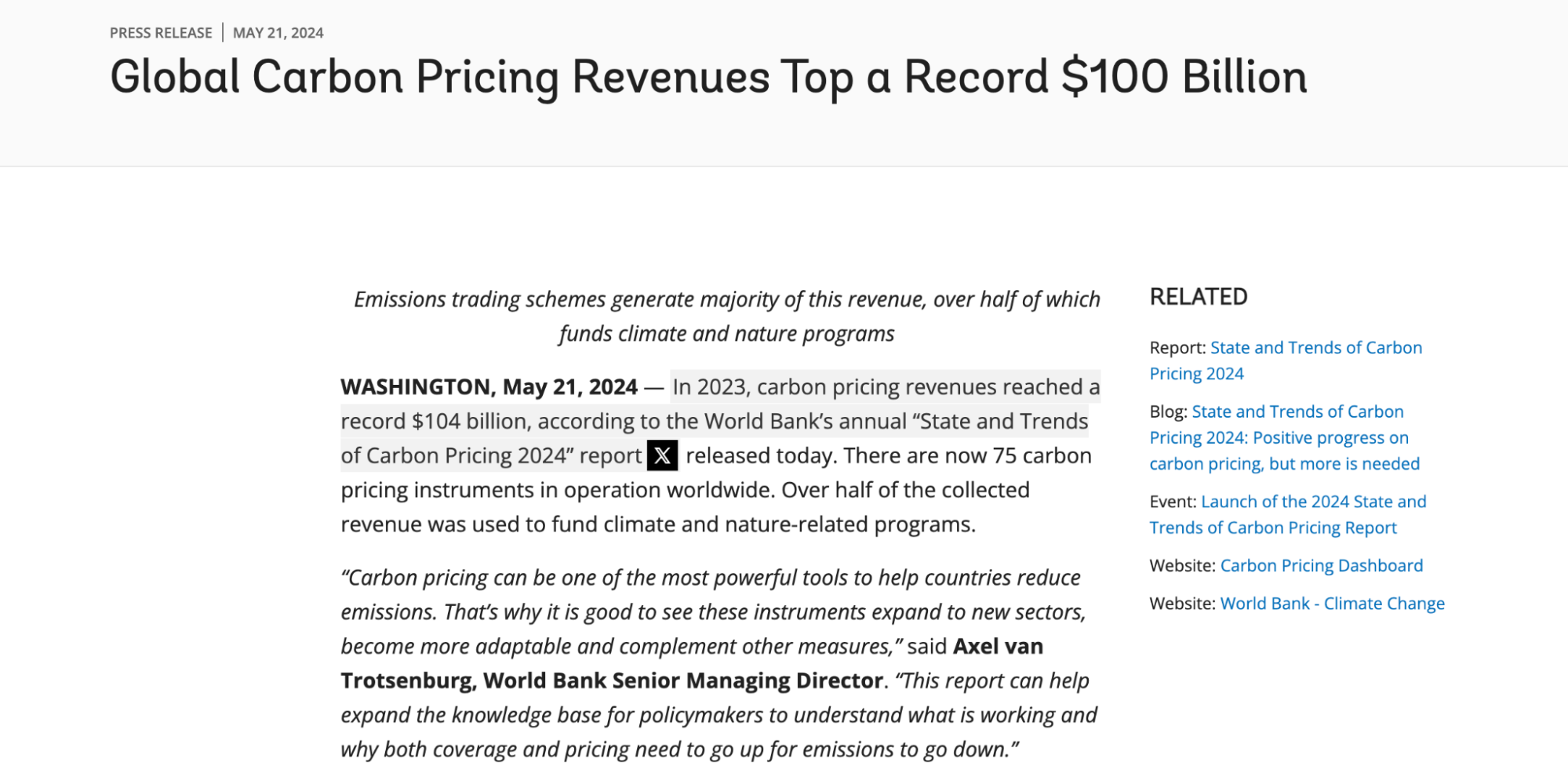再生金融(ReFi):加密货币的环保转型之路
本文介绍再生金融(ReFi)的概念、市场潜力、应用场景、运作机制,以及值得关注的项目。并对比 ReFi 与 DeFi,探讨其未来发展趋势及潜在风险。概述
近年来,随着全球气候变化问题日益严峻,区块链与加密货币行业因其高能耗特性而备受争议。然而,一个新兴领域——再生金融(Regenerative Finance,简称ReFi)——正试图扭转这一局面,将加密货币从“环保破坏者”转变为“生态修复者”。ReFi不仅聚焦于“碳中和”的传统目标,更追求通过技术和经济激励实现生态系统的修复。
什么是ReFi?
再生金融(ReFi,Regenerative Finance)是去中心化金融(DeFi)的延伸概念,由美国经济学家约翰·富勒顿提出,旨在融合金融创新与环境可持续性,构建更具再生性的经济体系。
ReFi 发展历程:从理念萌芽到技术成型
ReFi 的发展经历了理念萌芽、技术推动、概念成型三个阶段:
2000年代初:受绿色金融、社会影响投资及生态经济学的启发,可持续金融理念逐步兴起。
2010年代中后期:区块链和 DeFi 的兴起为 ReFi 提供了技术基础,碳信用代币化等早期项目开始试点。
2020年左右:“ReFi”概念正式成型,Regen Network 主网上线,Web3 浪潮进一步推动其发展,强调通过去中心化金融机制激励生态和社会再生。
ReFi 的核心价值
ReFi 依托区块链和智能合约技术,在碳信用交易、再生农业、可再生能源融资等领域发挥重要作用,构建更加透明、高效的可持续金融生态。
相较于传统的“碳中和”模式,ReFi 进一步利用去中心化技术与经济激励,推动生态系统修复,让资金精准流向真正促进环境恢复的项目。通过生态价值代币化,ReFi 将植树造林、土壤修复、海洋保护等生态贡献与代币激励挂钩,使自然资本真正融入经济循环,推动可持续金融的新范式。
ReFi 在 dMRV(数字化测量、报告与验证)中的作用
ReFi 还在 环境和社会影响的数字化测量、报告与验证(dMRV)方面发挥关键作用。例如,通过区块链存储碳减排数据,ReFi 可简化碳信用交易和跟踪流程,确保数据透明、安全、不可篡改,从而提升全球气候目标的实现效率和信任度。
在 Web3 技术的推动下,ReFi 正逐步成为可持续金融的重要基石,使金融体系从“减少破坏”向“促进再生”转变,为全球环境与经济带来影响。

来源:https://capitalinstitute.org/regenerative-capitalism/
市场潜力
ReFi 的市场潜力与全球碳市场和绿色金融的增长紧密相关。根据世界银行年度报告《2024 年碳定价现状与趋势》,2023 年碳定价收入达到 1,040 亿美元,预计到2030年将达到万亿美元,ReFi 通过代币化碳信用降低准入门槛,吸引更多投资者参与。
与此同时,全球绿色投资预计到2030年每年将达数万亿美元,ReFi 可借助 DeFi 工具提供高效融资。此外,生态资产代币化(如生物多样性信用、土地修复权)也将为 ReFi 开辟新的市场空间。
应用场景
1. 碳信用交易与碳抵消
目前,全球尚未建立统一的碳交易市场,各地的碳交易所标准和规则不一。区块链技术能提升碳信用交易的透明度和效率,防止欺诈行为。
全球130多个国家提出碳中和目标,绿色能源和低碳生产已成共识。碳作为可交易商品,通过定价和惩罚污染者,可推动全球去碳化进程。随着环保压力加大,碳市场正成为吸引投资的新兴金融市场,帮助企业满足政府碳排放法规。
比如 Toucan Protocol 和 KlimaDAO 通过代币化碳信用,提升碳市场流动性,推动碳抵消。
2. 去中心化气候融资
传统绿色金融受中心化机构控制,融资门槛较高。ReFi 依托智能合约降低融资成本,使可持续发展项目更容易获得资金。例如,Celo 生态系统 支持多个 ReFi 项目,为全球欠发达地区提供低成本、去中心化的可持续发展融资渠道。
3. 生态修复与可持续农业
ReFi 在森林保护、生态修复和可持续农业领域带来创新。例如,Regen Network 通过区块链记录和验证土地修复数据,使农民和土地所有者获得经济激励,促进生态恢复。
4. 可再生能源与去中心化电网
区块链提高可再生能源的采集、分配和交易效率。例如,Energy Web 基金会通过区块链优化能源市场,使个体能源生产者更高效地参与交易,推动清洁能源普及。

来源:https://www.energyweb.org/ecosystem
ReFi运作机制
ReFi的核心在于通过去中心化的区块链技术,将生态贡献转化为可量化的经济价值,并通过代币化(Tokenization)机制激励参与者。其运作逻辑可以概括为以下几个步骤:
1.生态贡献的量化与记录:
ReFi项目通常与实体经济中的环保活动(如植树造林、土壤修复、可再生能源开发)挂钩。这些活动的成果(如碳吸收量、生态多样性恢复程度)通过传感器、卫星数据或其他监测手段被量化,并记录在区块链上,确保透明性和可追溯性。
2.代币化激励:
基于生态贡献,ReFi 项目发行对应的数字资产(代币),代表碳信用、生物多样性信用或可再生能源证书等生态价值。个人、企业或投资者可通过提供资金、劳动力等资源获得代币,或在市场上交易购买。
ReFi 代币不仅映射现实生态资产,还能在去中心化交易所流通,提升流动性,为生态修复项目提供可持续的融资和激励机制。
3.经济循环与再投资:
ReFi 代币可在去中心化金融(DeFi)平台上自由流通,用于交易、质押或兑换其他资产,同时部分收益会回流至新的生态项目,推动资金与资源的正向循环。
ReFi 项目通常与 DeFi 协议深度集成,提供借贷、收益农业等金融服务,进一步激活资本流动,拓展可持续投资机会,加速绿色金融生态的发展。
4.DAO为 ReFi 赋能
在 ReFi 体系中,DAO 赋予投资者和资金接收方治理权,使其能够共同参与决策。例如,社区成员可以投票选择投资项目,确保资金流向最具影响力的可持续发展计划。
这种去中心化治理模式不仅提升了资金管理的透明度和公平性,还增强了社区的参与感和责任意识,使 ReFi 生态更加协作、高效。
这种机制的目标是让生态修复的经济价值显性化,并通过市场化手段吸引更多参与者,形成一个自驱动的生态经济系统。
如何促进web3项目的环保转型?
1. 低能耗共识机制
当前,许多 ReFi 项目采用权益证明(Proof of Stake, PoS)等低能耗共识机制,减少能源消耗。例如,以太坊已在 2022 年完成合并(The Merge),从工作量证明(Proof of Work, PoW)切换至 PoS,大幅降低了能源消耗。
2. 绿色挖矿
部分加密货币矿工开始使用可再生能源进行挖矿,如太阳能、风能和水力发电。此外,比如 Crusoe Energy 这样的公司正在利用燃烧废气(Flare Gas)进行比特币挖矿,减少环境污染。
3. 促进 ESG 投资
ReFi 项目的发展与 ESG(环境、社会和公司治理)投资理念高度契合。越来越多的机构投资者开始关注符合 ESG 标准的加密项目,为 ReFi 提供了更广阔的市场机会。
值得关注的项目
再生金融(ReFi)作为区块链技术和生态修复结合的领域,虽然仍处于早期阶段,但已经涌现出若干具有代表性的项目。
这些项目通过代币化、去中心化金融(DeFi)工具和透明的数据追踪,推动碳信用交易、绿色项目融资和生态资产管理。以下是当前ReFi领域的几个主要项目及其特点:
KlimaDAO和Toucan Protocol专注于碳信用的代币化与交易,Regen Network和Moss.Earth则拓展到生态资产和区域性保护,Flowcarbon和Powerledger分别在市场流动性和可再生能源交易上发力,而EthicHub则强调社会包容性。
这些项目通过区块链的透明性、代币化的激励机制和DeFi的资金工具,共同推动了ReFi从概念到实践的落地。

代表案例
KlimaDAO (碳负排放机制)
简介:KlimaDAO 是一个基于 Polygon 区块链的去中心化自治组织(DAO),专注于构建链上的碳市场,旨在通过代币经济激励机制推动环境保护和绿色项目融资。
核心功能:
用户可以通过 $KLIMA 代币锁定链上的碳信用代币(如 BCT,Base Carbon Tonne),从而减少市场上的碳信用供应,推高价格。
通过这种机制,激励更多绿色项目产生高质量的碳信用,同时为持有者提供经济回报。
影响力:
KlimaDAO 已吸收数百万吨的碳信用,相当于减少了数百万辆汽车的排放量。
它的模式为链上碳市场树立了标杆,推动了去中心化金融(DeFi)与环境目标的结合。
特点:
结合代币经济学与社区治理,用户可以通过 DAO 投票决定资金分配和项目支持方向。
提高了碳市场的透明性和流动性,让更多人能够参与到碳抵消中。

来源:https://www.klimadao.finance/
Powerledger (可再生能源挖矿)
Powerledger 是一家专注于可再生能源P2P交易的区块链平台,允许用户直接交易太阳能等可再生能源,从而减少对传统电网的依赖。通过去中心化技术,Powerledger 提高了能源交易的效率和透明度,推动了绿色能源的普及与应用。
核心功能:
P2P能源交易:通过区块链技术,实现用户之间的可再生能源(如太阳能)点对点交易,支持跨地域、跨电网的电力流转。
智能合约:利用智能合约自动化交易,确保交易过程透明、快速,且可追溯。
能源市场优化:平台帮助用户降低能源成本,同时提高可再生能源的市场流动性。
影响力:
全球推广:Powerledger在多个国家进行试点,推动去中心化能源交易并改善能源分配效率。
减少碳排放:通过促进可再生能源使用,帮助减少依赖传统电网的碳排放,支持绿色能源转型。
增强能源市场透明性:为能源消费者和生产者提供一个高效、安全的交易平台,提升了能源市场的透明度和流动性。
特点:
去中心化能源交易:去除中介机构,实现直接交易,减少成本,提升交易效率。
跨链支持:支持不同的能源交易平台和区块链网络,增强系统的兼容性。
绿色能源推动者:致力于加速全球能源转型,推动可再生能源的普及和应用。
Moss.Earth (公私合作模式)
简介:Moss.Earth 是一家成立于2020年的巴西区块链环保平台,通过代币化碳信用和 NFT 保护亚马逊雨林,并推动全球碳抵消市场发展,利用区块链提升交易透明性,支持环保和气候行动。
核心功能:
碳信用的代币化:将认证碳信用转为 MCO2 代币(1 代币=1 吨 CO2 抵消),在 Gate.com 等交易所交易,方便碳足迹抵消。
亚马逊雨林保护:通过碳信用交易筹资,防止森林砍伐,支持当地社区可持续发展。
NFT 生态保护:提供 NFT 购买雨林数字所有权,激励森林保护。
影响力:
全球碳市场:交易超 900 万吨碳信用,保护约 100 万公顷雨林。
社区赋能:收益支持原住民和农户,促进可持续发展。
区块链环保创新:吸引企业参与碳中和,成行业标杆。
特点:
透明安全:区块链确保交易可追踪,防欺诈,智能合约提升效率。
碳中和运营:区块链活动通过碳信用抵消实现碳中和。
综合效益:关注生物多样性和社区福祉,符合 CCB 标准。

来源:https://techstory.in/how-to-buy-moss-carbon-credit-crypto/
行业争议
区块链能耗问题与ReFi(再生金融)实际成效的质疑主要集中在以下几个方面:
1.区块链能耗问题:
许多区块链,尤其是采用工作量证明(PoW)机制的公链,如比特币,因其复杂的计算过程导致能源消耗巨大。这引发了对环境影响的担忧,尤其在全球追求减排和环保的背景下,部分人质疑区块链是否能实现可持续发展目标。
2.ReFi项目实际成效的质疑:
尽管再生金融(ReFi)旨在通过区块链推动环保和碳抵消等绿色目标,但其实际效果仍然存在争议。一些批评者认为,部分ReFi项目过于依赖代币化和市场化机制,可能在短期内难以实现显著的环保成效。还有人质疑,某些ReFi项目是否真正能实现环境可持续性,而非仅仅成为金融化工具。
这些争议引发了对区块链技术和ReFi项目长期可行性的深入讨论,尤其是如何平衡技术创新与环境保护之间的矛盾。
如何创建一个ReFi项目
再生金融(ReFi, Regenerative Finance)是区块链与可持续发展相结合的一个领域,旨在构建一个更公平、可持续、具有正外部性的金融体系。
如果你想创业做一个 ReFi 项目,可以从以下几个角度切入(仅供参考)


来源:https://www.openforestprotocol.org/
ReFi 与DeFi的对比
ReFi(再生金融)和 DeFi(去中心化金融)都基于区块链技术,但目标不同。DeFi 旨在去中心化传统金融,提高资本效率,而 ReFi 关注可持续发展,推动碳信用交易、生态修复等绿色金融应用。
ReFi 借鉴 DeFi 的去中心化机制,如代币激励和 DAO 治理,但更强调社会与环境影响,面临数据透明性、监管合规等挑战。如果 DeFi 追求的是金融创新和效率,ReFi 则希望将资本引导至可持续发展,赋能绿色经济。


来源:https://app.uniswap.org/?lng=en-US
投资机会
再生金融(ReFi)领域蕴含多元化的投资机会,包括碳信用Token化、绿色项目融资、可再生能源投资、再生农业与生态修复、绿色建筑与低碳地产、水资源管理、循环经济与废弃物管理、生物碳捕捉与封存等。
此外,绿色金融产品、绿色科技创新、生态旅游与环境保护,以及企业社会责任(CSR)投资也正在快速发展。
随着全球对可持续发展的关注提升,这些领域不仅具备政策支持和市场需求,还能够实现经济回报与环境效益的双赢,为投资者提供长期增长潜力。

未来展望
再生金融(ReFi)作为区块链与生态修复结合的前沿领域,正迎来快速发展。随着全球对气候变化、生态危机的关注加深,ReFi在技术创新、政策支持、市场主流化和生态价值拓展等方面展现出巨大潜力。
1. 技术进步:更高效、更绿色的基础设施
ReFi将受益于低能耗区块链(如PoS、Hedera)、智能化生态数据采集(AI+IoT)、以及跨链互操作性(Polkadot、Cosmos)。这些技术将提升数据透明度,降低碳足迹,并增强系统灵活性。
2. 全球协作:政策与标准推动
ReFi或将整合《巴黎协定》碳市场机制,获得联合国、世界银行等机构认可。同时,各国监管标准的统一化将增强市场信任,推动链上碳信用进入主流碳交易体系。
3. 市场主流化:从实验到核心金融工具
ReFi将吸引传统金融机构(银行、基金)参与,推动绿色债券、碳信用代币化等创新。企业也可能将ReFi纳入ESG战略,而与DeFi的融合(如碳信用抵押借贷)将提升市场流动性。
4. 生态价值拓展:超越碳中和
ReFi未来将不止于碳信用,还可能涉及生物多样性、水资源、土壤健康等生态资产代币化。同时,DAO治理模式将赋能社区参与生态修复,促进可持续发展。
ReFi正从边缘创新走向全球实践,在绿色金融与区块链技术的结合中,探索更可持续的未来。
5.拓展DeFi市场
技术上,低能耗区块链和跨链技术将提升效率,降低参与门槛;市场方面,ReFi可吸引传统金融的ESG投资及未服务群体,扩大用户基础;
政策层面,通过与监管合作规范化生态信用,ReFi有望获广泛认可;社区治理上,DAO模式将推动去中心化创新,激励更多用户参与,从而在DeFi市场中占据重要地位。

来源:https://unfccc.int/process-and-meetings/the-paris-agreement/article-64-mechanism
潜在风险
再生金融(ReFi)结合区块链与生态修复,虽具推动绿色经济转型的潜力,但面临诸多争议:
1.区块链能耗问题:
尽管ReFi多采用低能耗区块链,但仍被质疑与环保目标矛盾。解决方案:优先使用低能耗链(如Solana)、引入绿色能源、采用Layer 2技术,并定期披露能耗数据,增强透明度。
2.实际成效质疑:
部分项目面临“漂绿”风险,数据真实性受挑战。解决方案:与权威机构(如Verra)合作,引入卫星和IoT监测,确保链上数据真实可靠,并推动行业标准化。
3.市场投机性:
代币炒作可能削弱ReFi的长期生态目标。解决方案:引入代币锁定、收益再投资等机制,结合DAO治理,吸引长期资本,减少短期投机。
4.社会公平性:
技术门槛和资源分配不均可能导致发展中国家边缘化。解决方案:降低准入门槛,提供本地化支持,确保公平收益,并加强相关教育培训。
5.监管不确定性:
各国法规尚不明确,合规与去中心化存在冲突。解决方案:主动与监管机构(如SEC、UNFCCC)合作,推动全球标准,在政策友好地区试点,争取合法化路径。
尽管存在挑战,ReFi仍通过技术创新、透明性提升和社会包容性设计努力寻求平衡,若能妥善解决争议,或将成为绿色经济的重要推动力。
结语
再生金融(ReFi)是加密货币行业迈向可持续发展的重要探索,其核心理念不仅是“碳中和”,更是“生态修复”。通过可再生能源挖矿、碳负排放机制以及碳信用的Token化,ReFi展现了技术与环保目标融合的潜力。
对投资者而言,ReFi不仅开辟了碳市场与绿色金融的新机遇,也要求更严谨的项目筛选与长期价值评估。对于整个行业而言,ReFi的成功不仅依赖于技术突破,更需要跨领域合作与监管支持。唯有在技术创新与政策引导的双重推动下,ReFi才能真正成为加密货币的环保转型之路,为全球生态修复贡献实际价值。
尽管ReFi展现出推动行业可持续发展的巨大潜力,但仍面临监管不确定性、碳信用市场标准化难题、技术普及度不足等挑战。未来,随着监管框架的完善与技术的进步,ReFi有望成为连接区块链与可持续发展的关键桥梁,助力全球绿色金融体系的构建。
相关文章

Master Protocol:激活 BTC 生息潜力


Gate 研究院:2025 年 Q1 加密货币市场回顾

链上数据分析:六个分析工具介绍及使用案例

Gate 研究院:加密货币市场 2024 年发展回顾与 2025 年趋势预测








